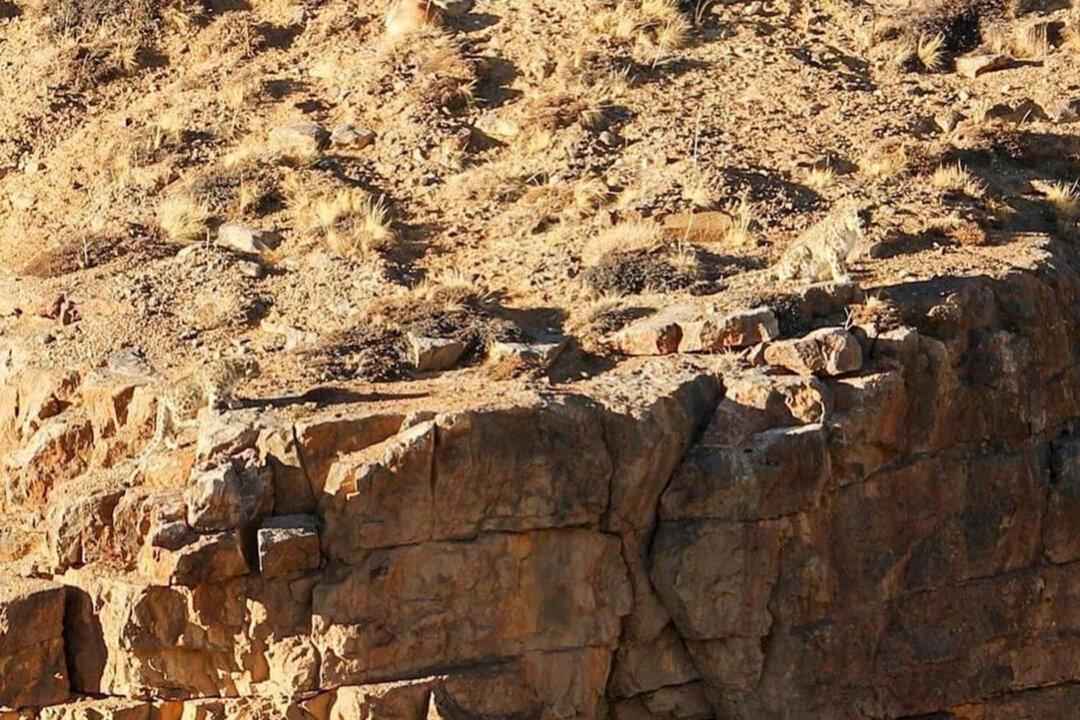An Indian photographer whose mind-boggling photos of camouflaged snow leopards became a viral sensation has shared a quiz, the all-important answers, and a behind-the-scenes glimpse of life as a wildlife photographer.
Ismail Shariff, 41, from Hyderabad in southeastern India, has been clicking pictures of sunsets, sunrises, and wildlife since 2005. Snow leopards became his favorite subject when a world-famous image of the wild cat by photographer Dhritiman Mukherjee ignited his imagination, seven years later.





